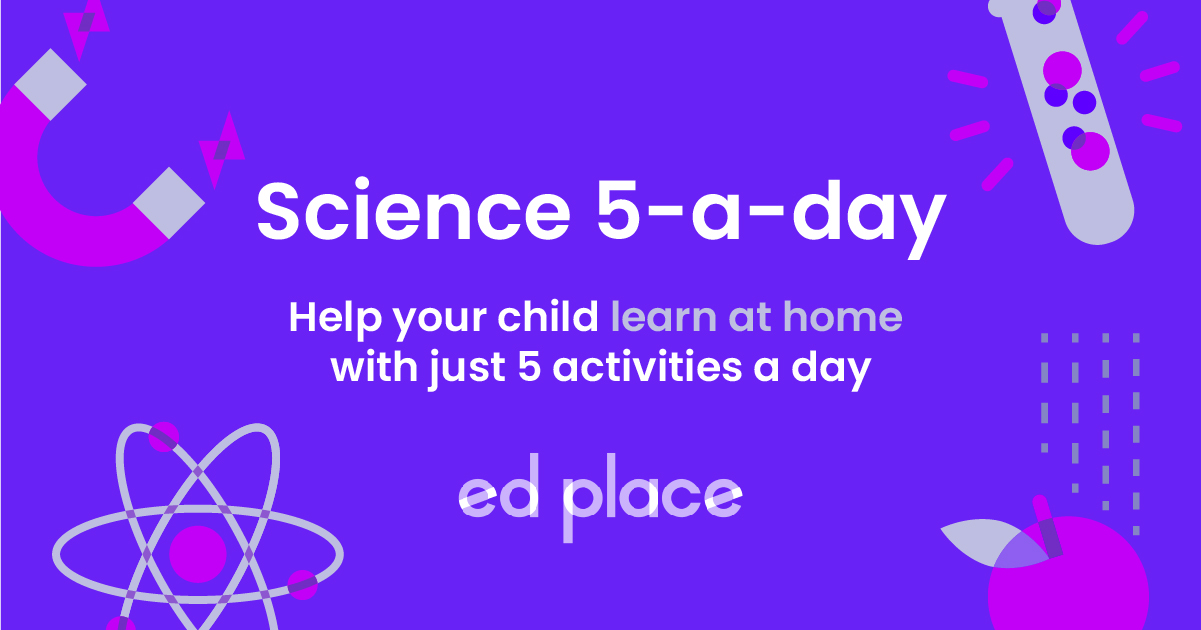
EdPlace's Key Stage 2 Home Learning Science Lesson: Classifying Living Things Using their Features
Looking for short lessons to keep your child engaged and learning? Our experienced team of teachers have created English, maths and science lessons for the home, so your child can learn no matter where they are. And, as all activities are self-marked, you really can encourage your child to be an independent learner.
Get them started on the lesson below and then jump into our teacher-created activities to practice what they've learnt. We've recommended five to ensure they feel secure in their knowledge - 5-a-day helps keeps the learning loss at bay (or so we think!).
Are they keen to start practising straight away? Head to the bottom of the page to find the activities.
Now...onto the lesson!
Grouping living things can be a thorny problem. Is that classified as a plant or a problem?
What’s the point of sorting out living things? Well, humans love order – they love to understand how different living things are related and on what grounds. So why not draw on your child’s natural instinct for orderliness and help them unravel and correctly group plants and animals. Sorted!
We're confident that if you follow the step-by-step approach below your child will be able to:
1) Understand how to group living things
2) Apply this understanding to be able to group animals and plants
3) Explain their understanding back to you, if they've really grasped it!
Step 1: Why do we classify?
So, what’s all this about? Well, imagine the cutlery drawer in the kitchen. Imagine it was a complete jumble of knives, forks, cutting tools, serving tools – carving knife mixed with teaspoons, garlic crusher with tea strainer – what a mess! Wouldn’t you want to sort it out, bring order, so when you simply needed a spoon for your cereal, you could just put your hand on it, blindfolded?
Well, classification is just that – the goal is to sort living things into groups which have similar features. In your cutlery drawer, you might have a section for teaspoons and any other spoon-shaped object of a fairly small size. By sorting out living things into groups, using their similarities and differences, we can understand better the life that shares our planet with us and, understand our place within that life better too.
Step 2: Identify common characteristics
As you know, life on our planet can be split up into plants, animals and also tiny little micro-organisms, like bacteria. Plants are pretty much rooted in the ground and make food for themselves while animals generally move around and have to find things to eat. So that’s three groups already. What we’ve got to do now is look at how and why animals can be sorted out into smaller and smaller groups. It needs sorting out, really...
Step 3: Can you spot the difference?
So, let’s look at animals: how many differences can you spot between these two?
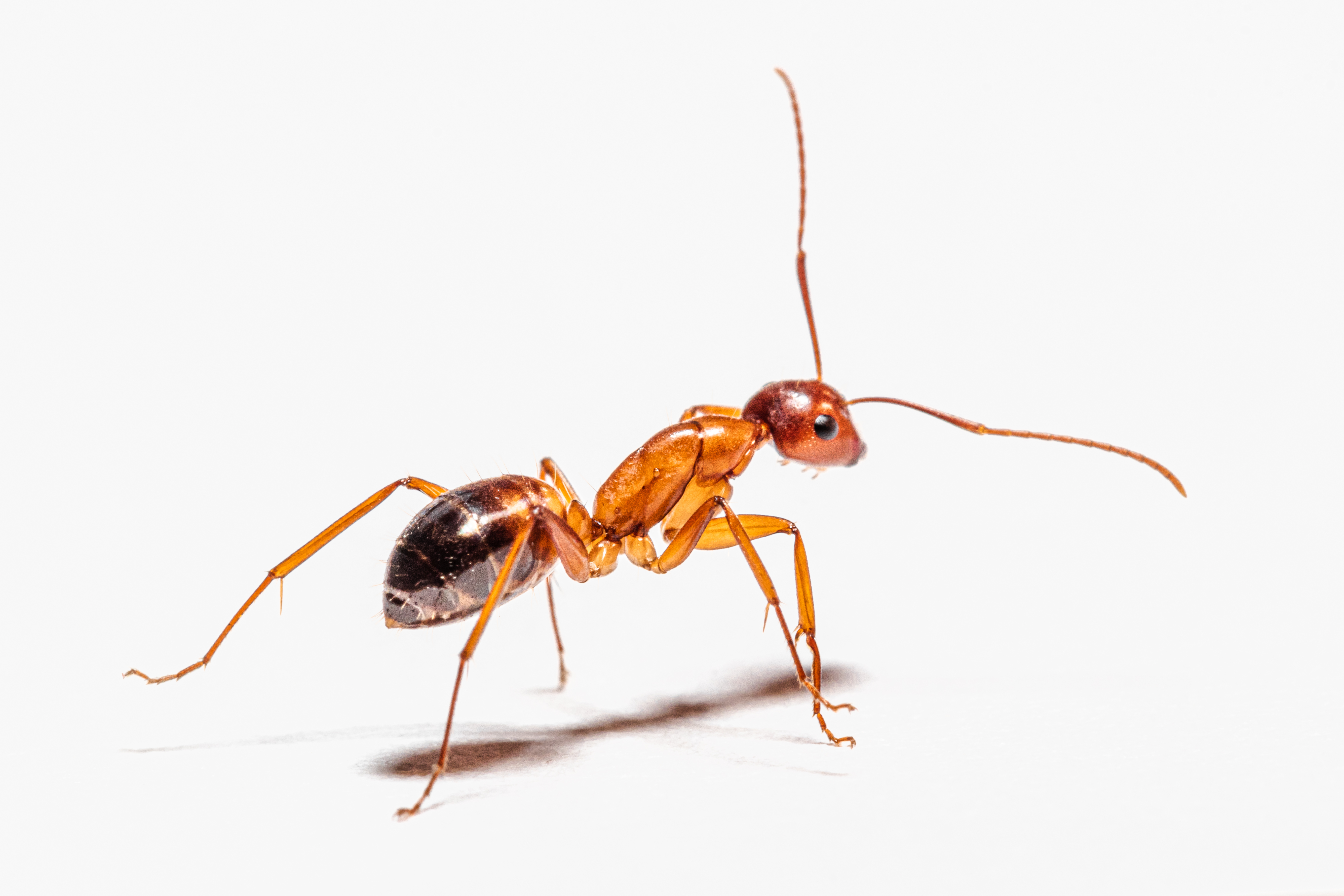

Loads...of course! But, they’re both animals, so we have to start somewhere. So, the first difference we might have noticed is a big characteristic: backbones. The ant on the left doesn’t have one (making it an invertebrate) and the fish on the right does have one (making it a vertebrate). You’d have to look inside the animal to check, but it’s a major difference. First animal sorting... done! An invertebrate doesn't have a backbone. A vertebrate does have a backbone. Now, let’s look at vertebrates, the one in the picture – what sort of vertebrate is it? A fish of course! But why, how do you know? What we need is to identify some definite characteristics to sort them out, so what about these?
Fish = breathe using gills
Reptiles = dry scaly skin
Amphibians = damp skin
Birds = feathers
Mammals = young feed on milk
Keep it simple! Sure, there are lots of other characteristics too (and lots of other groups which are great to find out about), but for now, try to nail down one thing that’s easy to remember and stick with it.
Step 4: Have a go at sorting yourself
Why not try to sort these vertebrates into their different groups – remember, there are five groups you can choose from – and use those simple differences (and any others you know already).
First off, let’s take a look at the following pictures:
1. 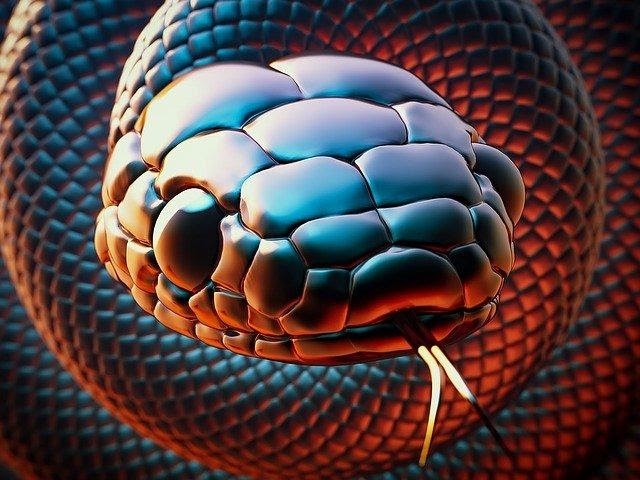
2. 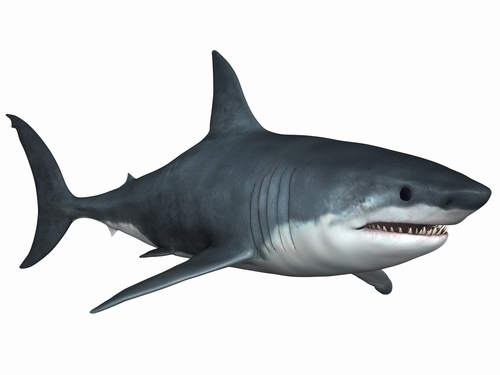
3. 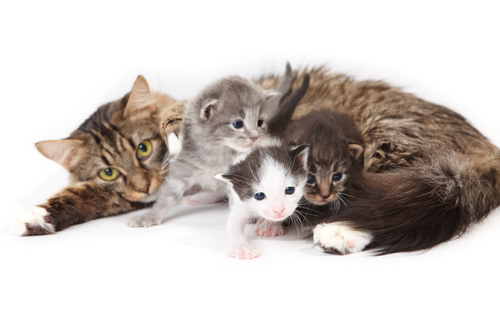
4. 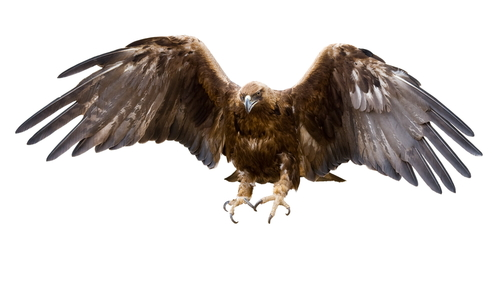
Now, let’s use names without pictures – how will you get on?
5. Lizard
6. Toad
7. Penguin
8. Turtle
9. Bat
Finally, what about some pictures of vertebrates you may not know – can you still sort them out using the characteristics you’ve learned?
10. 
11. 
12.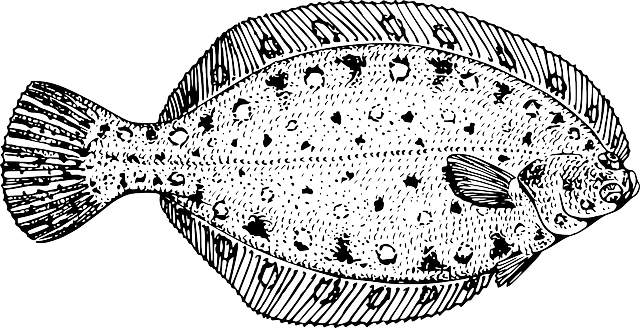
Step 5 - Let's put your grouping knowledge to the test while it's still fresh in your mind...
Now, you’ve had some practice, why not assign your child the following five activities in this order to test their understanding.
All activities are created by teachers and automatically marked. Plus, with an EdPlace subscription, we can automatically progress your child at a level tailored to their needs. Sending you progress reports along the way so you can track and measure progress, together - brilliant!
Activity 1 - Grouping Plants and Animals
Activity 2 - Differences and Similarities
Activity 4 - Grouping Invertebrates 1
Activity 5 - Grouping Invertebrates 2
Answers
Did you apply those characteristics? Did you add ones you might know already? Let’s check to see how you got on:
1) Reptile (snake, with a scaly skin)
2) Fish (shark – see its gills?)
3) Mammal (kittens need milk!)
4) Bird (eagle – with feathers)
5) Lizard = reptiles
6) Toad = amphibian
7) Penguin = bird (it has feathers)
8) Turtle = reptile
9) Bat = mammal (suckles its young with milk)
10) Bird (see its feathers? It’s a kookaburra)
11) Mammal (it’s an otter)
12) Fish (see its gills? It’s a plaice)
Keep going! Looking for more activities, different subjects or year groups?
Click the button below to view the EdPlace English, maths, science and 11+ activity library








